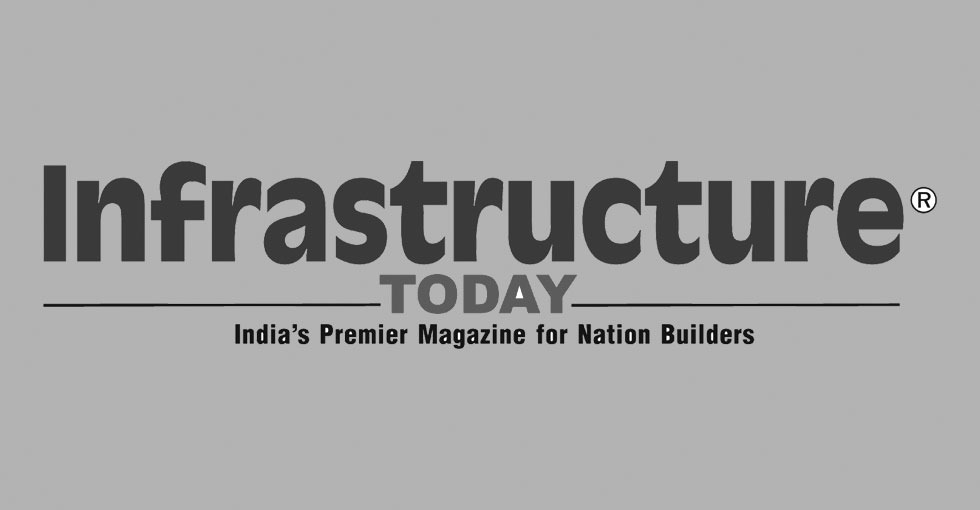We look at bringing in efficiencies at all levels in the supply chain and this is a continuing process, says Anil Yendluri, CEO, Krishnapatnam Port in an interview with Sudheer Vathiyath.
How can ports be made a profitable sector, especially in a scenario where the government is keen to invest in PPP mode for port projects, and yet the response has been lukewarm?
In major ports, the government makes the basic infrastructure like the breakwater, the berth, draft, etc. The government has a different way of looking at the PPP projects, which I don’t want to comment.
As far as our port is concerned, ours is a PPP project, where we have been given the rights to acquire the land with the support of the government, build berths, operate and give it back. So, we build the breakwaters, we have received the approval for the designs, the environmental clearances, and the consent for ope¡rations. So our model is totally different where we share our revenue with the government.
What changes need to be brought in at various levels (government, port operators, etc)?
Support is needed from all the stakeholders, especially the government. Infrastructure projects have long gestation period. So government has to support the projects, frame policies which are suitable to that particular infrastructure sector.
What opportunities do you see in the Maritime Agenda 2020? Do you think the Maritime Agenda 2020 can address most of the issues in the Indian maritime sector?
It is always important to have a perspective planning. We should know what we need, where we have to go and then plan and move accordingly. So it is a right thing at the right time. But we need to follow that with action where we construct the infrastructure. The nation’s growth is supported by ports.
Certainly the Maritime Agenda has addressed most of the issues, but I am of the opinion that Indian maritime sector cannot be seen in isolation. We have to look at the total supply chain.
What are the major factors that helped in achieving new records?
In the past four years, we have understood to work closely with all the stake holders in the supply chain and bring in efficiencies required for the customers from time to time. We look at bringing in efficiencies at all levels in the supply chain and this is a continuous process.
How far will the deep draft help in cargo handling at the port?
When we realised draft is very important, we brought in six dredgers and built a very good dedicated dredgers’ operating team. Within a span of three years, they made our port 18 m deep.
We have seen lot of cape-size vessels coming in. Capes have very huge freight differential. Suppose somebody brings coal by Panamax, Handymax or by capsize vessel, the freight difference is $9-10 per tonne. So, now in our port 5-6 parties are sharing one cape and bringing cargo. So they are getting the benefit.
Coal and iron ore are major cargoes handled at Krishnapatnam Port. With the current turmoil in the mining sector how do you look at the future for these cargoes at the port?
Port cannot function in isolation. It works for the customers and try to fulfil their requirements. It cannot be restricted to few cargos or commodities. We assess and understand the changing needs of the customers from time to time and work with them.



Leave a Reply
You must be logged in to post a comment.